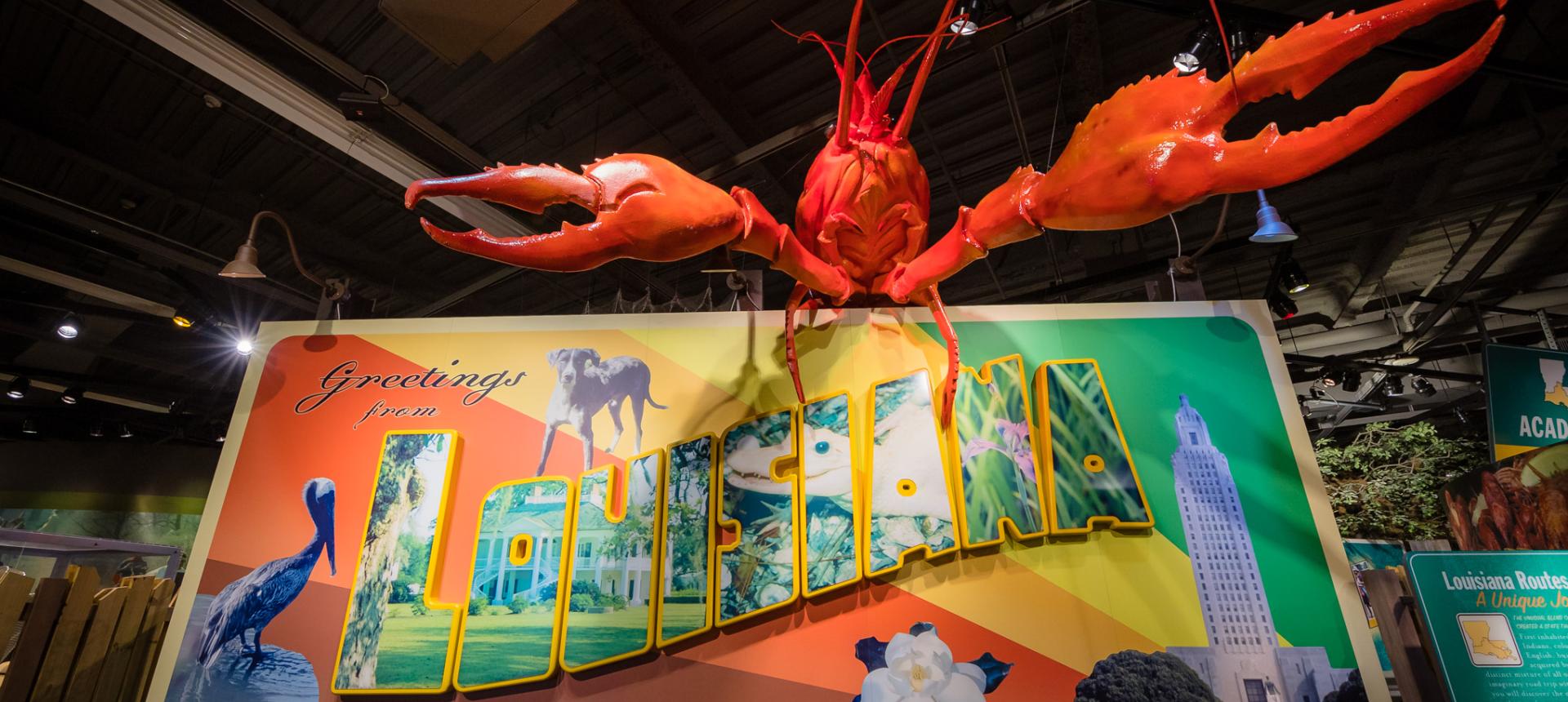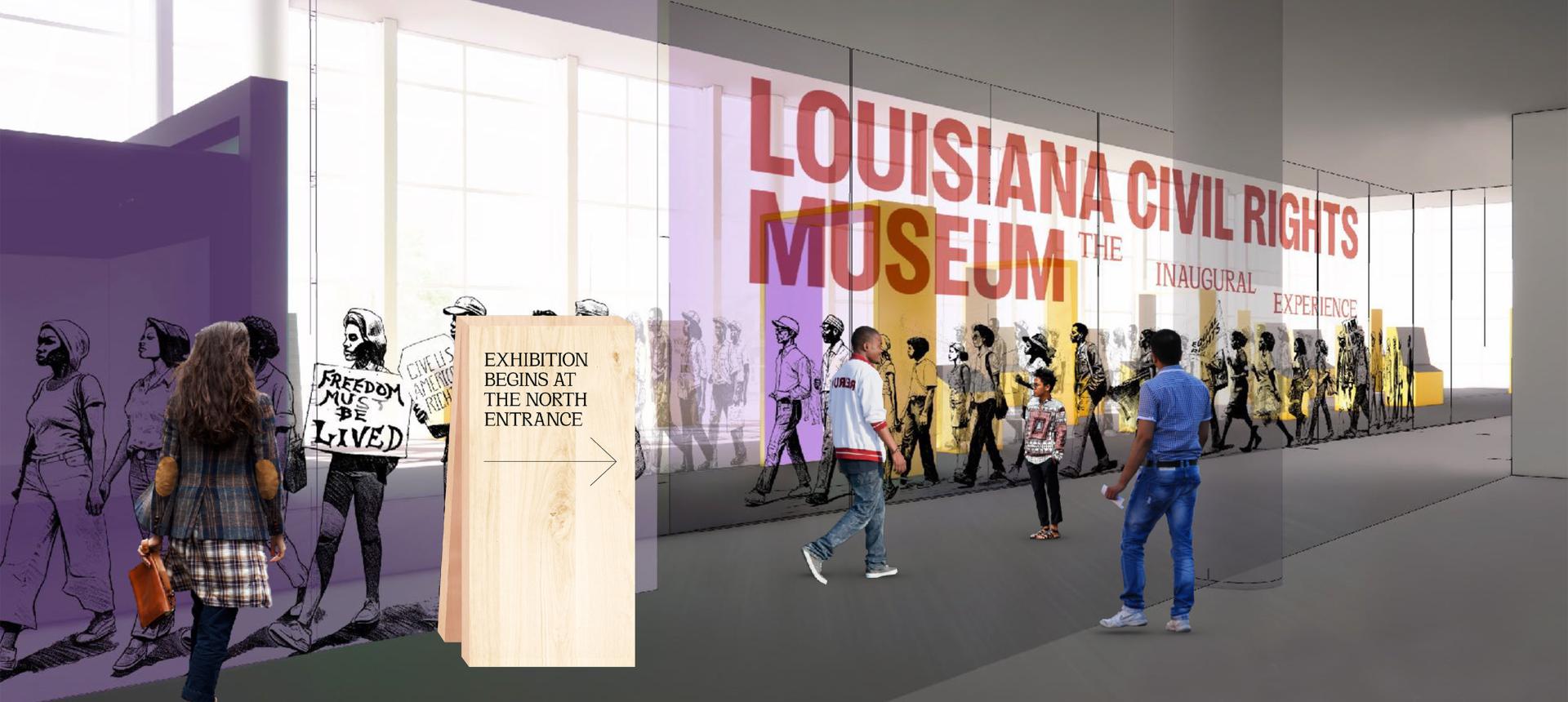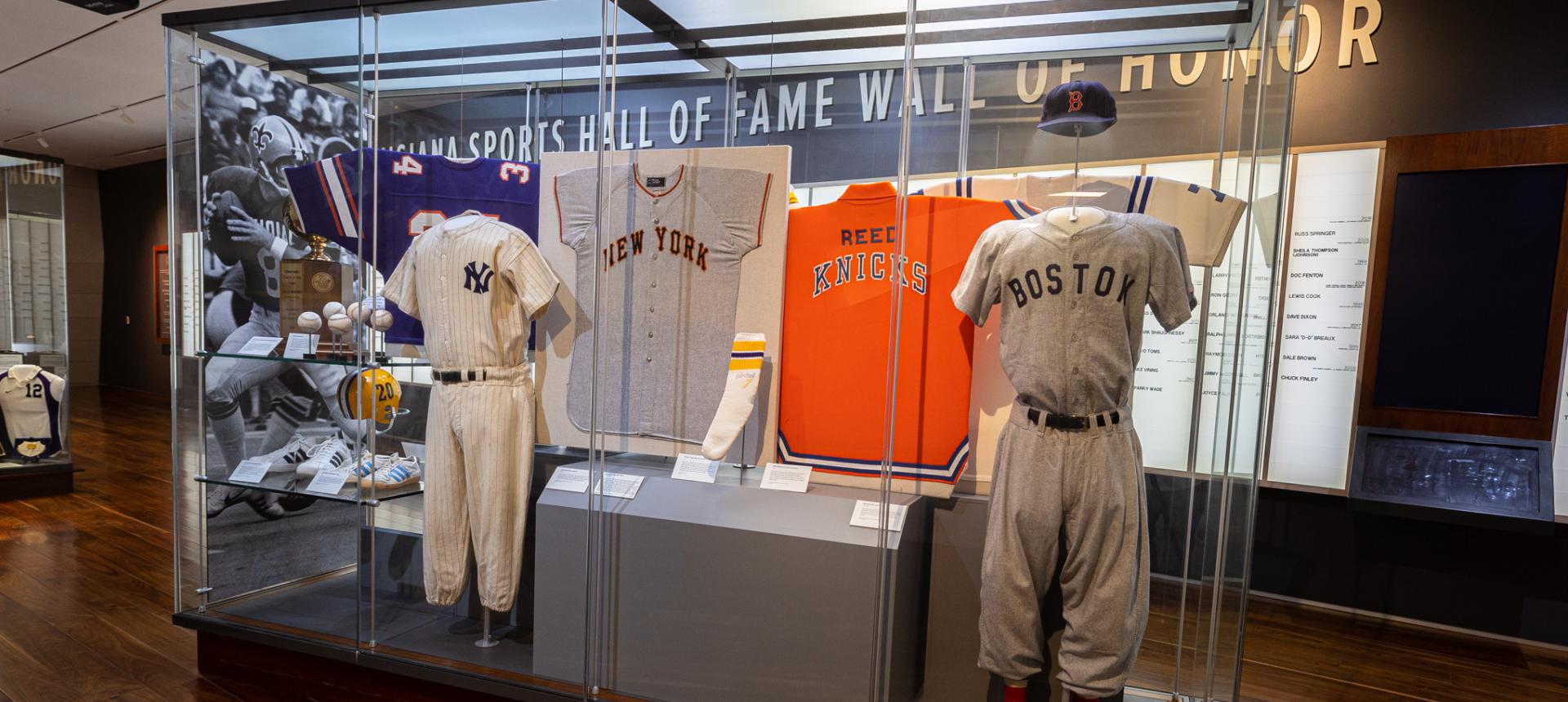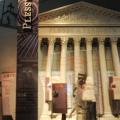
Hunt Slonem: A Retrospective at the Cabildo

To Be a Star: The Carnival Costume Designs of San Nicholas

Explore Louisiana's vast history and culture all in one place.

Introducing the Louisiana Civil Rights Museum

Where your special day becomes a part of history...

Mitoloji Latannyèr/Mythologies Louisianaises

Book a Field Trip!

Discover the G.O.A.T.s of Louisiana
Each Louisiana State Museum location holds a place of its own in the state’s rich history. These remarkable sites are woven into the fabric of the French Quarter, nestled on the banks of scenic Bayou Lafourche in rural Cajun country and an award-winning masterpiece in northwest Louisiana.
They’re part of a system of National Historic Landmarks showcasing Louisiana’s history and culture, which are unlike any other state. Visit one of our ten locations and see how Louisianans have lived and continue to live, contributing as few have to America’s identity, soul, and energy.
Find a Louisiana State Museum Near You
Click on a highlighted region of the map to see all the Louisiana State Museums in that region.

The Louisiana Sports Hall of Fame and Northwest Louisiana History Museum is housed in a stunning, award-winning contemporary structure in Natchitoches. This collection honors elite Louisiana athletes and documents the rich traditions and distinct cultures of northwest Louisiana, which date to the pre-Columbian era.

The Wedell-Williams Aviation and Cypress Sawmill Museum in Patterson is the official state aviation and cypress sawmill industry museum. It houses two very important collections documenting our history in the early years of flight and in the development of milling in south Louisiana.

In Baton Rouge, the Capitol Park Museum—the largest Louisiana State Museum site—explores Louisiana culture, combing the rich resources of the state’s history, food, music, industry and agriculture to tell the compelling story of Louisiana and its people.

The E.D. White Historic Site near Thibodaux preserves the former home of two of Louisiana's foremost political figures: Edward Douglas White, who was governor from 1835 to 1839, and his son, Edward Douglass White, who was appointed to the United States Supreme Court in 1894 and served as chief justice from 1910 to 1921. The home dates anywhere from the late 18th century to the 1820s, based on its architectural features.

Your visit to New Orleans’ historic French Quarter would not be complete without a stop at Jackson Square, which is where you will find the Cabildo. This elegant Spanish colonial building neighbors St. Louis Cathedral and houses many rare artifacts of America’s history.

The Presbytère was designed in 1791 to match the Cabildo, alongside St. Louis Cathedral in the French Quarter. It stands today as a beautiful reminder of both Louisiana’s singular past and its vibrant present. Inside you'll find exhibitions about Louisiana's Mardi Gras traditions and the riveting exhibition, Living with Hurricanes: Katrina and Beyond.

The New Orleans Jazz Museum celebrates jazz in the city where it was born. Through dynamic interactive exhibitions, multigenerational educational programming, research facilities, and engaging musical performances, the music New Orleans made famous is explored in all its forms. Stop by for FREE daily concerts!

Few places offer the chance to experience the lifestyle of our ancestors from more than 150 years ago. The 1850 House is one of these rare places, offering a glimpse of upper-middle-class life in antebellum New Orleans, the most prosperous period in the city’s history.

Anyone with an eye for architecture will want to check out Madame John’s Legacy in the historic French Quarter. It is one of the finest 18th-century building complexes in Louisiana and one of the best examples of French colonial architecture in North America. Built in 1788 following a devastating fire that destroyed eighty percent of the city, it was constructed in the French colonial style that prevailed before the disaster.

More than 30 years in the making, the museum honors Louisiana’s unique place in the national Civil Rights movement as well as its heroes, demonstrating their impact and significance today.